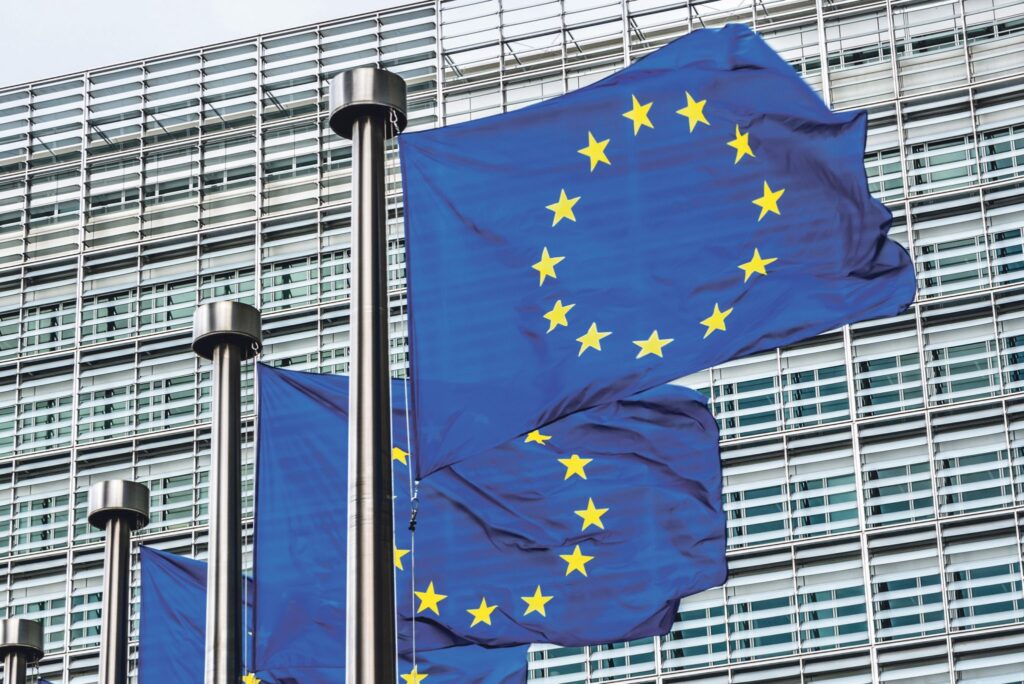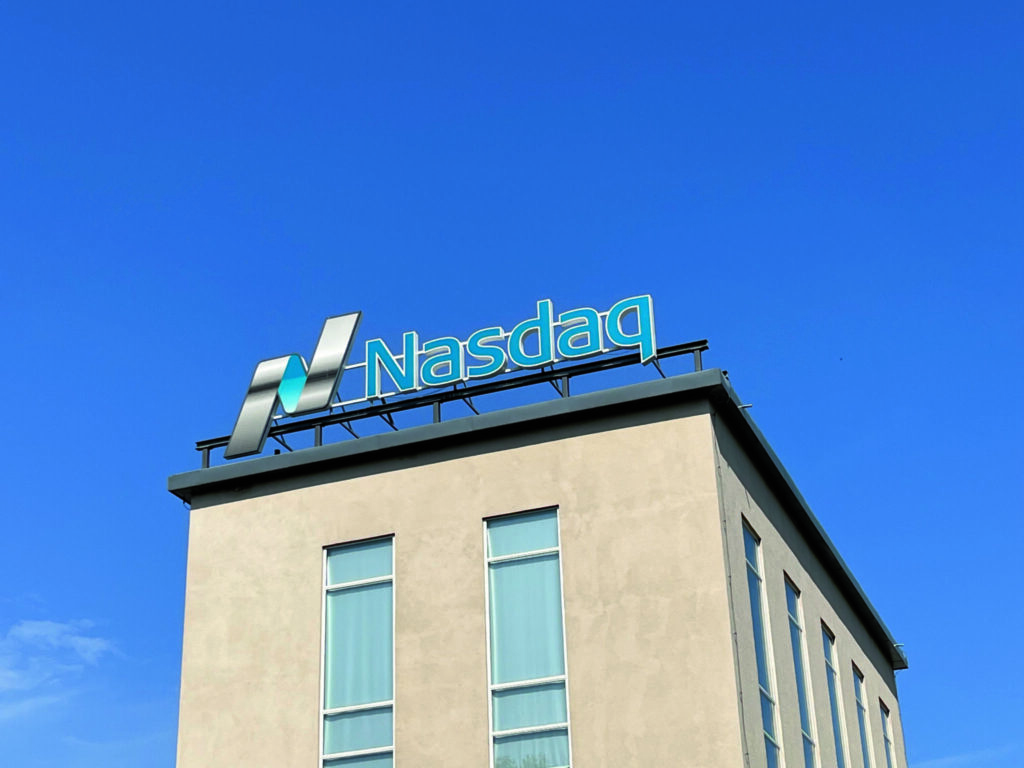Tech

Why digital brand building is crucial to the 2022 strategy
Pernille Fruensgaard Oee, Head of Industry at Meta
The Nordics are at the forefront of digitalisation, and Nordic media behaviour is among the most advanced globally. According to a 2020 Forbes study, 97% of executives said that Covid sped up digital transformation, and the shift to digital has now moved out of the realm of media planning and into the core of business strategy. Many industries are closing the gap between the fast-moving consumer behaviour and companies’ design of their digital customer journeys and digital service models. But there is still one big gap left, which is the lack of digitalisation in brand building among industry leaders. This is a major missed opportunity, as various studies show that strong brands recover faster from economic downturns. Kantar’s BrandZ study from June 2021 shows that strong brands recover twice as fast and grow twice as fast as the general stock market.
But do we really need digital marketing to build brands? The answer is yes. At least if we want to grow them effectively. In 2021, Oxford University and Kantar did a cross-media study covering $13bn of media investments over 10 years, and the conclusion was clear: Companies can boost the performance of their brand campaigns, with an average increase of 2.6x in effectiveness, when the media plan is adjusted with a more diverse media mix. TV is still a cornerstone in many brand campaigns but should not account for more than 50 % of the overall media investment, and digital media ought to play a bigger part in building strong brands.
Why is digital becoming so important for brands? The answer is really simple: because it is becoming increasingly important to people. The majority of all media behaviour is now digital, and although a huge part of this involves people connecting with each other, they also expect brands to be present. Meta’s technologies are the leading go-to platform for building connections between people and brands. In Ipsos’ 2022 global media study, 51 % of those surveyed said that Meta technologies help them build relationships with brands, which is significantly more than for any other channel. In the age group of 18 to 34 years, this increased to 64 %. Consumers expect brands to be where they are, and to not only be accessible online on websites and web shops, but also be an integrated part of their daily media usage, and to present new ideas and products in ways they have not yet thought of.
Right now, companies are moving more slowly than customers who are increasingly demanding and expect to discover new ideas, products and brands online. Brands that connect with consumers across multiple experiences are up to 139% more effective at driving brand objectives. So whether you want to create a true customer-centric strategy, fear the impact of signal loss on your marketing performance, or just want to get a better impact from your media investments, digital brand building is a key priority for 2022.
So people expect brands to connect through digital media, and there seems to be strong evidence that the brands that take this opportunity get stronger and make more effective marketing investments. So how do you accelerate this opportunity if your brand has not yet caught up with the digital shifts in consumer behaviour?
Read more about Connected Brands:
https://www.facebook.com/business/industries/connected-brands
Getting ahead in the digital brand-building race
Nurture a culture of experimentation
Start creating your own learnings and explore how your customers want to connect. Companies with a structured and formal learning plan succeed more often. Senior leaders need to nurture a culture of experimentation with all hypotheses on the table where all failures are pivoted towards learning.
Enhance the full funnel flow
Even medium-sized organisations tend to have the fields of brands and marketing located in different departments. This is often to ensure a strong subject-matter focus and clear mandates. But since the customer journey is not fragmented into such silos, there is a risk of disconnection, so successful organisations do embrace this challenge and plan for friction.
Be as specific with your brand objectives as you are with your performance tracks.
Ensure that the objectives for all parts of the organisation are clearly aligned to fit the overall ambitions, but at the same time, each initiative needs to point towards a specific outcome. When doubling down on brand building, it is crucial to plan for specific brand outcomes, as evidence shows that the optimal strategies are very different if you want to build brand awareness compared to deeper brand metrics such as how consumers view your brand or products, or changing the associations connected to your brand.






